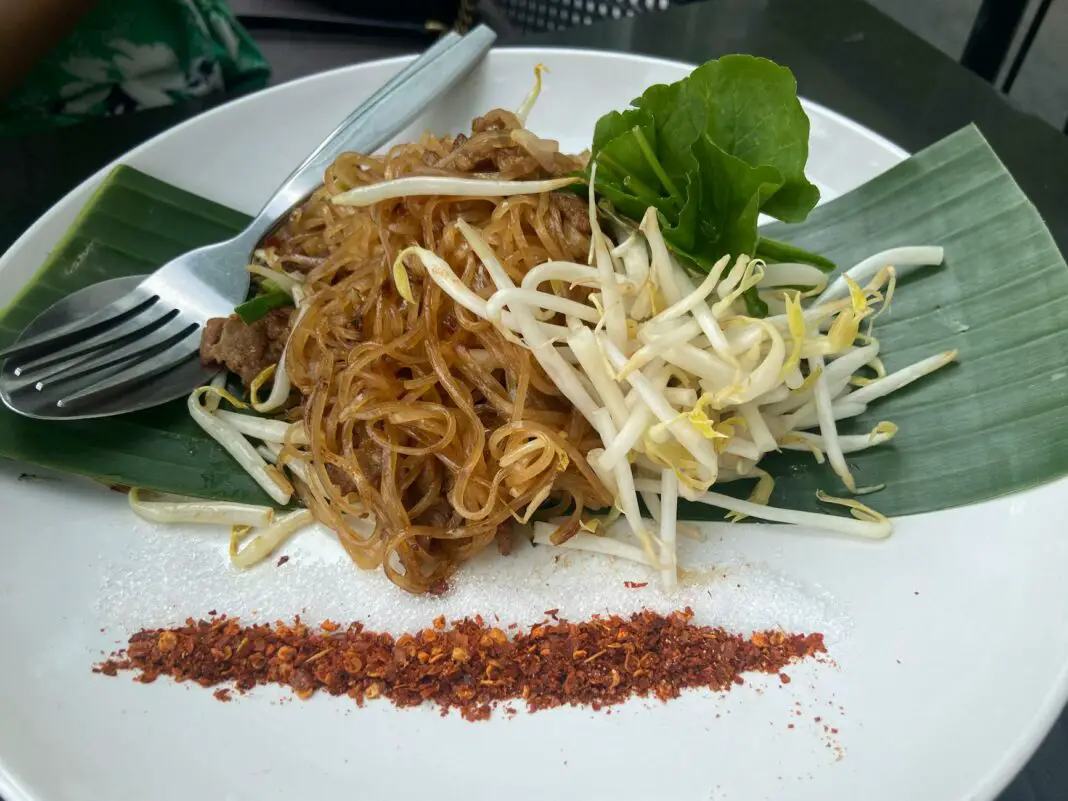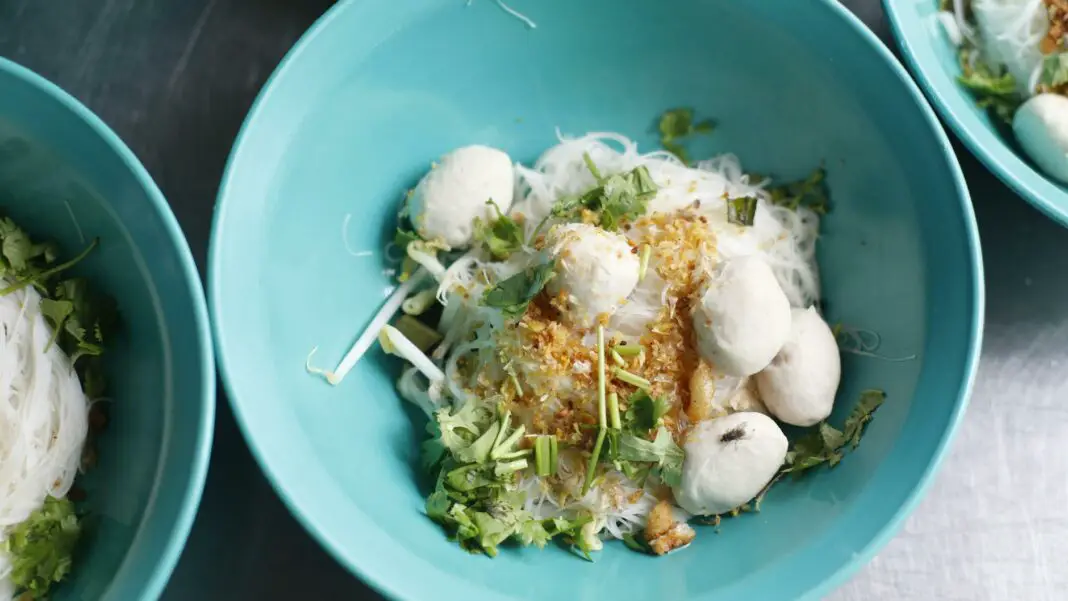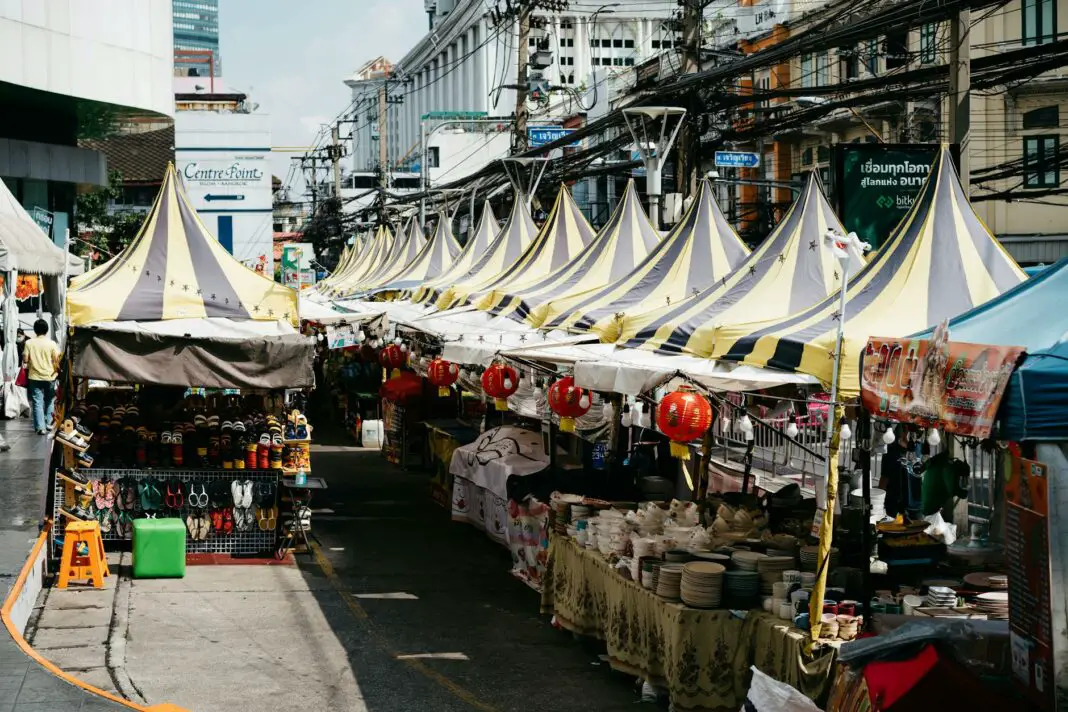When it comes to culinary travel experiences, few destinations capture the heart and soul of food lovers quite like Thailand. Known for its vibrant street food scene and aromatic dishes, Thailand boasts an array of noodle specialties that tantalize taste buds and beckon the curious traveler. This blog post dives deep into the flavorful world of Thai noodles, revealing the secrets behind the country’s best noodle dishes, and provides actionable insights to help you navigate this delicious culinary adventure.
From the bustling streets of Bangkok to the serene islands of the south, each region of Thailand offers unique noodle variations, each with its own distinct flavors and textures. If you are wondering how to experience authentic Thai noodle dishes, this guide will enlighten you on the essential ingredients, preparation methods, and cultural significance of these mouthwatering meals. Let us begin this gastronomic journey and uncover what makes Thailand’s noodle dishes truly exceptional.
Table of Contents
- Cultural Significance of Noodles in Thailand
- Popular Noodle Dishes to Try
- The Secret Ingredients Behind the Flavors
- Essential Cooking Techniques
- Noodle-Eating Tips for Travelers
- Final Thoughts on Your Noodle Adventure
Cultural Significance of Noodles in Thailand
Noodles hold a cherished position in Thai culture, symbolizing nourishment and celebration. Traditionally, families gather over bowls of noodles during significant holidays and festivities, celebrating life, love, and community. They embody the concept of “sanuk,” which translates to fun or enjoyment. In a country where every meal is a social event, noodles often take center stage, inviting friends and families to unite and enjoy the incredible flavors.
In Thailand, noodles are more than just food; they represent a blend of tradition and innovation. Street vendors, often the custodians of ancient recipes passed down through generations, infuse contemporary influences into their dishes. This evolution leads to a culinary landscape where classic flavors marry modern fusion, intriguingly reflecting the nation’s rich history and diverse cultural influences. By sampling the array of noodle dishes, you are not only tasting tantalizing flavors but also experiencing the vibrant cultural tapestry that defines Thailand.
Popular Noodle Dishes to Try
When you embark on your culinary journey through Thailand, several noodle dishes must not be missed. Pad Thai, the quintessential Thai dish, captivates with its balance of sweet, sour, and salty flavors. It features flat rice noodles stir-fried with shrimp, tofu, or chicken, and is often garnished with crushed peanuts and lime for that extra zing. Another classic is Boat Noodles, a beloved dish originating from the canals of Bangkok. This rich broth is filled with a combination of beef or pork and dark soy sauce, served over rice noodles that are sure to provide a cozy and hearty experience.
Don’t overlook the joys of Khao Soi, a Northern Thai specialty that consists of egg noodles served in a creamy coconut curry broth, often topped with crispy noodles for texture. The blend of spices will transport you to a world of comfort. Lastly, Yi Mein, a Chinese-influenced noodle dish, embodies the multicultural essence of Thai cuisine, featuring soft, slightly chewy egg noodles that are often stir-fried or served in a rich broth. Exploring these dishes will unveil the incredible diversity and rich flavors that Thai noodles have to offer.
The Secret Ingredients Behind the Flavors
One cannot discuss the allure of Thai noodles without addressing the remarkable ingredients that make them so irresistible. Fresh herbs such as cilantro and Thai basil offer aromatic notes, while lime juice brightens up even the richest of broths. When it comes to sauces, fish sauce, soy sauce, and tamarind paste play critical roles in creating the complex flavor profiles that Thai cuisine is celebrated for.
Additionally, the use of chili peppers brings heat and depth to noodle dishes, providing a delightful contrast to sweet and tangy elements. For a touch of sweetness, palm sugar is often incorporated, balancing the robust flavors magnificently. Each ingredient is intentionally chosen to harmonize and enhance the overall experience, making every bowl a work of art. Mastering the essence of these ingredients can transform your own noodle cooking at home, allowing you to replicate the enchanting tastes of Thailand.
Essential Cooking Techniques
Understanding the crucial cooking techniques behind Thailand’s best noodle dishes can elevate your culinary skills and deepen your appreciation for these foods. Stir-frying is a fundamental method, respected for its high heat and quick cooking time, which helps lock in flavors and retain the noodles’ springiness. Mastering this technique is essential for achieving that quintessential smoky char, known affectionately as ‘wok hei.’
Simmering is another technique that is particularly valuable when preparing rich broths like those used in Boat Noodles or Khao Soi. It involves low and slow cooking to meld flavors and develop depth. Additionally, learning to balance textures is key; incorporating crispy elements alongside soft noodles creates a satisfying contrast that enhances the dining experience. Whether you’re an experienced home cook or a kitchen novice, these techniques will empower you to recreate your own Thai noodle masterpieces.
Noodle-Eating Tips for Travelers
For those ready to indulge in Thailand’s noodle offerings, having a few insider tips under your belt can enhance your culinary adventures. Embrace the street food scene, as it hosts some of the most authentic and affordable noodle dishes available. Engage with local vendors and don’t hesitate to ask about recommendations or their favorite dishes. Such conversations often lead to delightful experiences you would have otherwise missed.
Chew your noodles mindfully, as interacting with your meal is part of the experience. Know that it’s perfectly acceptable to slurp in Thailand; this indicates enjoyment and appreciation of the dish! Finally, remember to accompany your meal with refreshing beverages like Thai iced tea or coconut water to cleanse your palate and complement the flavors. Equipped with these tips, you can navigate the noodle landscape with confidence and enthusiasm.
Final Thoughts on Your Noodle Adventure
As you move toward the conclusion of your exploration into Thailand’s noodle dishes, remind yourself that this journey is about more than just tantalizing tastes. It is steeped in cultural richness and culinary artistry that has evolved throughout centuries. Each bowl tells a story, reflecting the history and traditions of its origins. Whether you’re savoring a plate of Pad Thai or a warm bowl of Khao Soi, make sure to embrace the experience fully.
Indulging in Thailand’s culinary scene opens doors to understanding its hospitality and traditions, and sampling its dishes paves the way for unforgettable memories. The next time you savor these noodles, let every bite remind you of their deep cultural ties, and inspire you to discover more regional delicacies on your travels.
Frequently Asked Questions
What are the most popular noodle dishes in Thailand?
Some of the most famous noodle dishes include Pad Thai, Boat Noodles, Khao Soi, and Yi Mein. Each of these dishes provides a unique taste and cooking style that reflects Thailand’s diverse culinary heritage.
How can I prepare Thai noodles at home?
You can recreate these dishes with essential ingredients such as rice noodles, fish sauce, tamarind paste, and fresh herbs. Techniques like stir-frying and simmering are vital; following recipes and adjusting spices to your liking can yield satisfying results.
Are there vegetarian options available in Thai noodle dishes?
Yes, many noodle dishes can be made vegetarian by replacing meat with tofu or vegetables. Always inquire at restaurants about customization to suit dietary preferences.
Why is Pad Thai considered the national dish of Thailand?
Pad Thai gained popularity post-World War II due to its balanced flavors, affordability, and approachable ingredients. It has since become synonymous with Thai cuisine, beloved by locals and visitors alike.
What is the significance of noodles in Thai culture?
Noodles symbolize nourishment, celebration, and cultural identity in Thailand. They are traditionally served during festive occasions, fostering community togetherness around a shared meal.
Image Credit: Pexels





